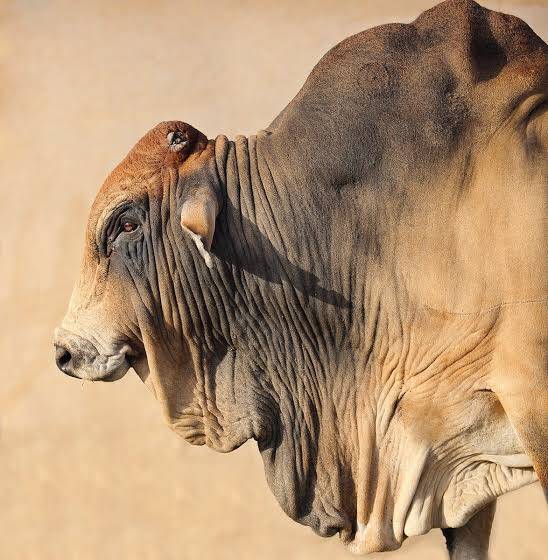Last updated on March 2nd, 2024 at 06:00 pm
Boran cattle are known for their hardiness, adaptability, and productivity. They are a large, red-brown, horned breed of African cattle, originating from Kenya. They have been used for centuries in East Africa for both meat and milk production, and have become increasingly popular throughout the world as a dual-purpose breed.
Anatomy and Physical Characteristics
Boran are large animals, with a long and deep body, long and muscular legs, and a straight, wide back. They have a wide chest, large horns, and a large dewlap. The coat is usually red-brown or black with a light tan underbelly, and the head is generally a darker color. The horns are typically curved and pointed, and the tail is medium-length, reaching to the hocks. Boran cattle often have white markings on the face and legs.
Read Also
Origin, Distribution and Adaptability
Boran cattle originated in Kenya, where they have been used for centuries for both milk and meat production. Today, they are found throughout East Africa, including Ethiopia, Sudan and Somalia, and are increasingly found in other parts of the world as a dual-purpose breed. They are an extremely adaptable breed, thriving in hot, arid climates and able to survive on low-quality forage.
Cost of Boran Cattle
The cost of Boran cattle varies depending on the market and the particular animal. Prices generally range from a few hundred dollars to several thousand, depending on the quality and age of the animal.
Read Also
Purpose and Production of Boran Cattle
Boran cattle are a dual-purpose breed, used for both milk and meat production. They are known for their hardiness and adaptability, and for their ability to thrive in hot and arid climates. The milk of a Boran cow is high in fat and protein, making it ideal for making cheese and other dairy products. Boran stocks are also popular for their meat, which is lean and flavorful. They are also used for their hide and leather, which is of high quality.
